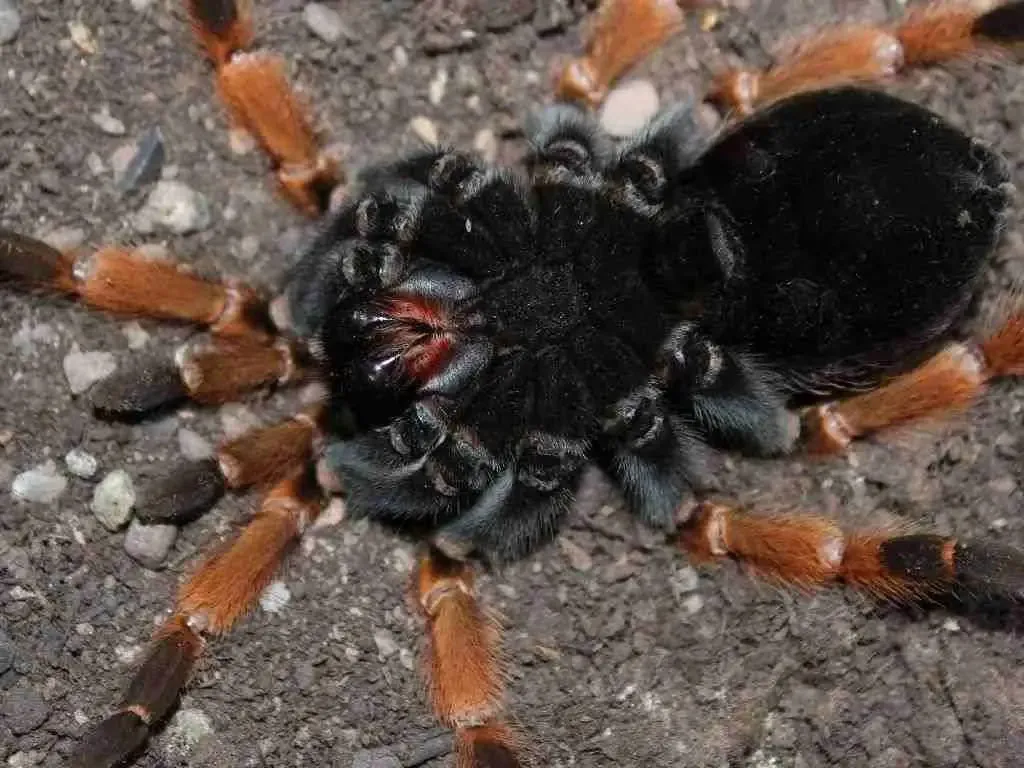Tarantulas, with their impressive size and captivating behaviors, are popular pets. One of the most fascinating aspects of tarantula care is the molting process. This natural phenomenon is crucial for the spider’s growth and overall health. Understanding the ins and outs of molting can help owners provide the best possible care for their eight-legged companions. This article delves into the essentials of tarantula molting, offering insights, tips, and facts to guide you through this unique biological event.
What is Molting?
Molting, also known as ecdysis, is the process by which tarantulas shed their exoskeleton. This hard outer shell, made of chitin, doesn’t grow; therefore, as the tarantula grows, it must shed its old exoskeleton to reveal a new, larger one beneath. This process is not only about growth it also allows the tarantula to replace lost limbs, repair injuries, and rid itself of parasites. Molting is a vulnerable time for tarantulas, and it’s essential to understand the stages and how to support them during this period.
The Molting Process
Pre-Molting Stage
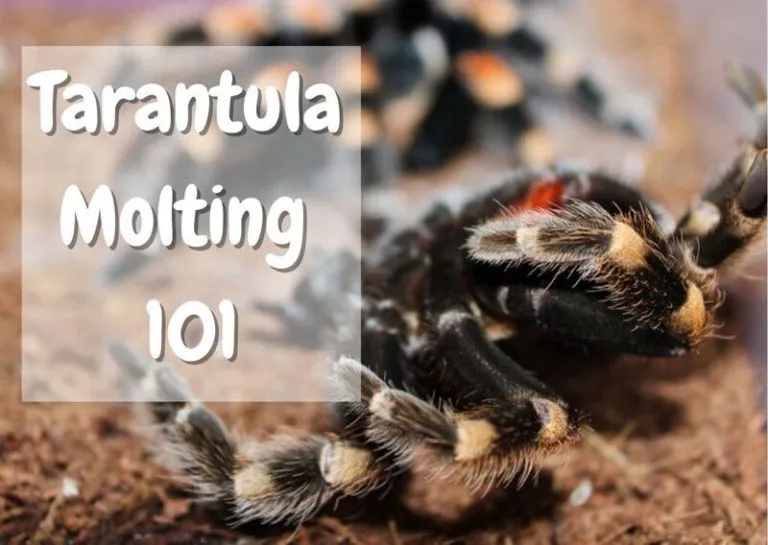
The pre-molting stage is the preparation phase. During this time, the tarantula may exhibit several telltale signs. It might become less active, lose its appetite, and begin to build a web mat or burrow. The abdomen may appear darker, and the spider may seem sluggish. These behaviors indicate the tarantula is getting ready to shed its exoskeleton. Providing a stress-free environment is crucial during this time to prevent complications.
Molting Stage
The actual molting process is a delicate and strenuous undertaking. The tarantula will typically lie on its back, and the old exoskeleton will split along the carapace and abdomen. The spider then slowly extracts itself, wriggling free of its old shell. This process can take anywhere from a few minutes to several hours, depending on the size and health of the tarantula. The new exoskeleton is initially soft and vulnerable.
Post-Molting Stage
After molting, the tarantula’s new exoskeleton is soft and pliable. The spider will remain in a vulnerable state for several days, during which time the exoskeleton hardens. During this period, the tarantula will not eat and should not be disturbed. The new exoskeleton is also more vibrant in color. It is essential to maintain proper humidity and temperature levels to aid in the hardening process.
Top 5 Facts About Molting Tarantulas
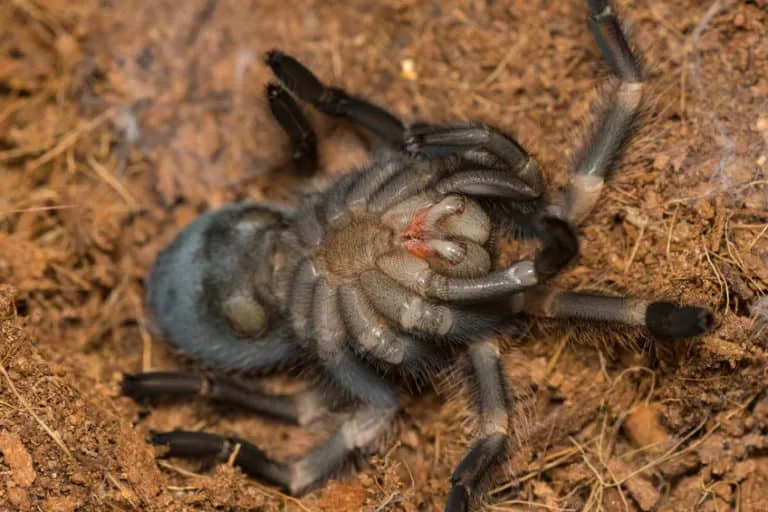
Fact 1 What Triggers Molting?
Molting is triggered by several factors, primarily growth. As a tarantula gets larger, it needs to shed its exoskeleton to accommodate its increasing size. Other factors include hormonal signals and environmental conditions like humidity and temperature. Proper care ensures these factors are optimal, encouraging healthy molting cycles. Young tarantulas molt more frequently than adults.
Fact 2 How Often Do They Molt?
The frequency of molting varies with age and species. Spiderlings molt several times a year, while adult tarantulas molt less frequently, sometimes only once a year or even less. Growth rate, feeding habits, and environmental factors also influence molting frequency. Regular monitoring of your tarantula’s behavior can help you anticipate when it’s likely to molt next.
Fact 3 What to Do During Molting?
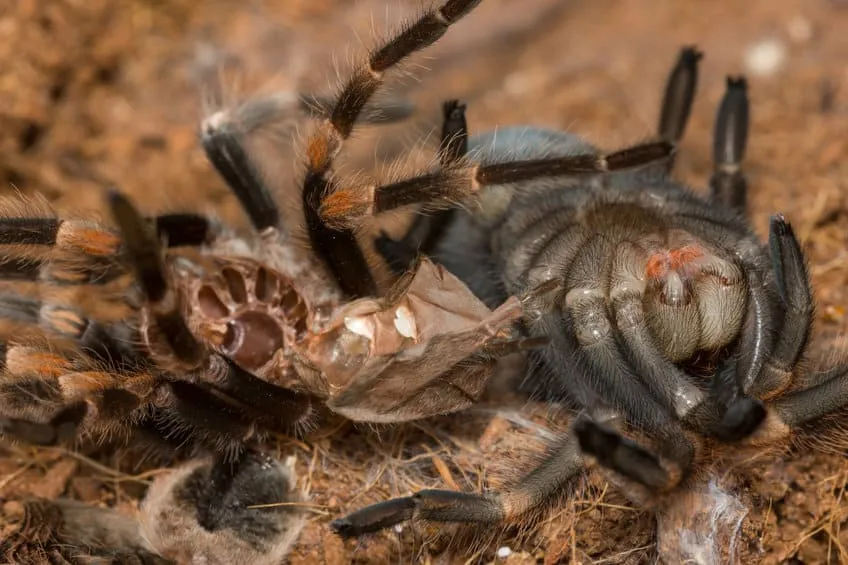
During molting, minimize disturbances. Keep the enclosure clean and maintain the appropriate temperature and humidity levels. Avoid feeding your tarantula until its exoskeleton has fully hardened. Ensure there is a shallow water dish available. Do not handle the tarantula during this period, as it is extremely vulnerable. Patience and observation are key.
Fact 4 How to Tell If Molting is Complete?
You can tell if the molting process is complete by observing the tarantula’s behavior. The spider will appear to have a new, fresh exoskeleton. The color will be more vibrant, and you will notice that the tarantula has a new set of fangs and pedipalps. It will resume its normal activities and eventually begin to show interest in food. It is important to wait at least a week for the exoskeleton to harden before offering food.
Fact 5 What to Expect After Molting?
After molting, your tarantula will be larger, and its colors may be more vibrant. Allow the tarantula time to acclimate to its new exoskeleton. It may take a few days or weeks before the tarantula fully resumes eating. Remove any leftover food from the enclosure to prevent mold growth. The tarantula’s new exoskeleton will also be more resistant to injury.
Potential Dangers During Molting
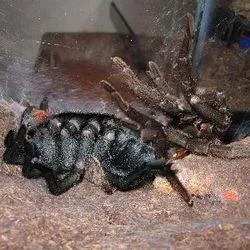
Dehydration
Dehydration is a significant risk during molting. Provide a shallow water dish to ensure the tarantula stays hydrated. Low humidity can make it difficult for the spider to shed its exoskeleton. Increase humidity levels in the enclosure as needed. Regularly check the humidity levels and adjust them as needed.
Injury
Tarantulas are vulnerable during molting. Avoid handling the tarantula, as the new exoskeleton is soft and susceptible to damage. Ensure there are no sharp objects in the enclosure. A fall or injury during this time can be fatal. Provide a secure and safe environment.
Predation
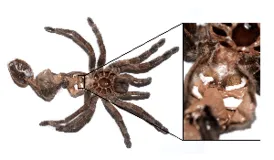
If other animals are in the enclosure with the tarantula, remove them during molting. Other animals may take advantage of the tarantula’s vulnerability. It is best to house tarantulas individually, and to be especially mindful of this during the molting process.
Caring for a Molting Tarantula
Providing the Right Environment
The environment plays a vital role in successful molting. Maintain the correct temperature and humidity levels for your tarantula species. Provide a substrate that allows the spider to burrow if it chooses. A secure and stable enclosure minimizes stress. Avoid sudden changes in temperature or humidity.
Feeding Adjustments

Do not feed your tarantula during the pre-molting stage or until the exoskeleton has hardened post-molt. Overfeeding can stress the tarantula, making molting more difficult. After molting, start with smaller, easy-to-catch prey, such as small crickets or mealworms. Monitor the tarantula’s feeding habits to ensure it is recovering well.
Post-Molting Care
After molting, give the tarantula time to adjust. Clean the enclosure, removing the old exoskeleton and any uneaten food. Ensure fresh water is available. Watch for any signs of complications. Provide a varied diet appropriate for your tarantula’s species and age. Careful observation and attentive care will ensure a healthy, thriving tarantula.
In conclusion, understanding the process of tarantula molting is essential for any tarantula owner. By recognizing the stages, potential dangers, and providing the right care, you can ensure your tarantula molts successfully and continues to thrive. Patience, observation, and attention to detail will help you provide a safe and nurturing environment for your fascinating eight-legged friend.
